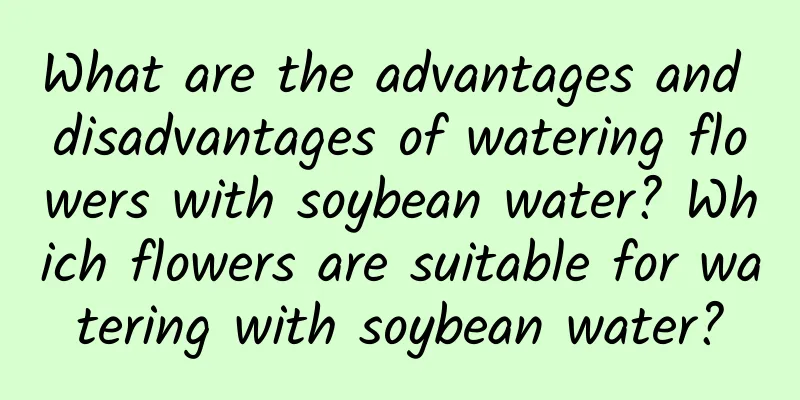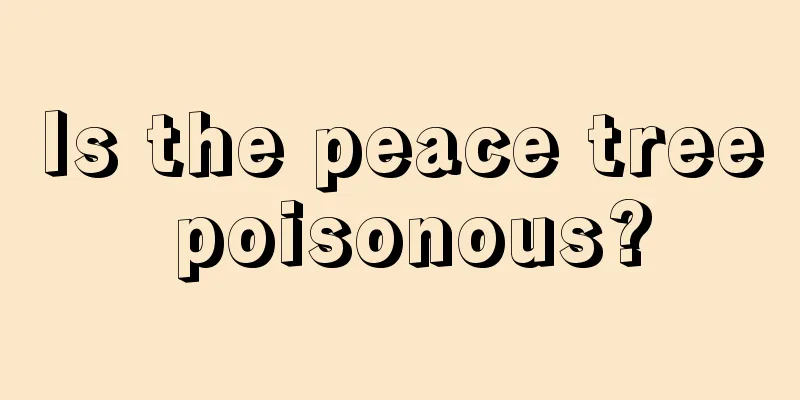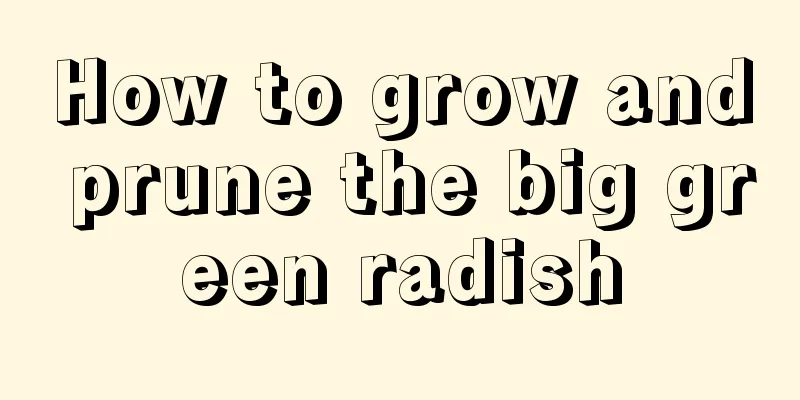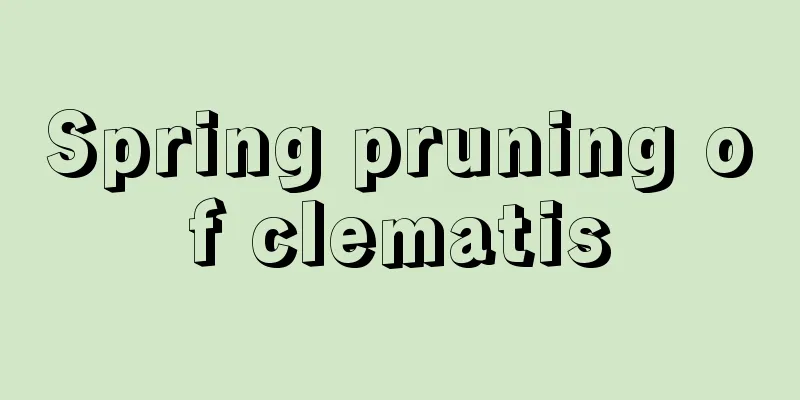How to care for and manage yew?

|
Yew is a relatively precious plant and is also relatively ancient. This tree has a beautiful posture and is lush green all year round. It has a high ornamental value and also has high medicinal value. So how to care for and manage yew? Let’s take a look below. 1. Soil The pH value of the soil required by yew is between 5.5-7.0. The best acidic sandy soil with good drainage, looseness, moisture, fertility and high organic matter content is the best. You can mix sandy soil, peat soil and garden soil together, and add a small amount of decomposed organic fertilizer . 2. Lighting The yew tree has special requirements for light. It is shade-tolerant during the one to three years of the seedling stage. After three years, its requirements for light will become higher and higher, and when it reaches adulthood, it needs full light. 3. Fertilization Potted plants need to be fertilized with decomposed cake fertilizer water. During the growing season, alum fertilizer water with a concentration of 1:10-15 should be applied every month. Repot every other year and add solid, decomposed organic fertilizer to the bottom of the pot. In autumn from September to October, base fertilizer can be applied, 50 to 100 kg of decomposed animal manure per plant. In early spring, compound fertilizer containing potassium, phosphorus and nitrogen can be applied, 100 to 200 grams per plant, or 500 grams of superphosphate. 4. Temperature Yew prefers a cool and humid climate environment and can withstand temperatures as low as minus 30°C. The most suitable growth temperature is 20-25°C. There is no need for excessive warming measures in winter, but attention should be paid to shading when the temperature is too high in summer. 5. Pruning The yew tree needs to be pruned regularly, mainly by pinching the young shoots when they sprout, to encourage them to grow side branches and make the branches shorter and denser. If not pruned, the branches will grow very thin and then droop, blocking the leaves below. The blocked leaves will die due to lack of sunlight, and over time the bottom branches will fall off. 6. Pest and disease control Under normal circumstances, there are very few insect pests in yew farming. If you find that the yew trees are suffering from diseases, insect pests or withering, you can spray or water them with potassium dihydrogen phosphate or thiophanate-methyl. Relatively speaking, yew trees will suffer from stem rot, root rot and root rot during the rainy season, especially young trees. At this time, they can be sprayed with dichlorvos for maintenance. In drought and high temperature seasons, yew is prone to red blight and leaf blight, which can be prevented and controlled by spraying Bordeaux mixture. That’s it |
<<: Planting technology and cultivation management of Fritillaria cirrhosa
>>: Honeysuckle planting technology and key points of cultivation management
Recommend
Reasons and solutions for hydrangea not blooming
Hydrangea is a very ornamental flower . It is mad...
How to grow betel nut
1. Maintenance methods 1. Temperature: It can be ...
What flowers are suitable for employees to send to their boss on his birthday?
Principles of sending flowers to leaders on their...
The efficacy and function of guava
1. Lubricate the intestines and promote bowel mov...
Smooth sailing cultivation method and watering
Smooth Sailing , commonly known as white palm, wi...
Is lettuce a genetically modified vegetable? How to keep it fresh?
1. Are they genetically modified vegetables? Lett...
How to cut off the yellowing leaves of green radish
1. Trim the tip Occasionally, the tips of leaves ...
The story of Dogwood
The story of Dogwood The legend of Cornus officin...
What to do if wisteria leaves turn yellow and fall off
Reasons and solutions for the yellowing of wister...
What to do when Jade Dew grows side buds
1. Treatment methods When the jade plant grows si...
Water and fertilizer maintenance tips for Molan
How to water Mo Lan likes moisture and fears humi...
The efficacy and function of Dendrobium, how to eat Dendrobium
1. Efficacy and Function 1. Strengthen physical f...
How many days does it take for white radish to germinate?
White radish germination time White radish usuall...
How to plant jasmine seeds
Jasmine seed planting time Jasmine seeds are suit...
How many years does it take for soft dates to bear fruit?
The fruit of soft jujube planting for several yea...









